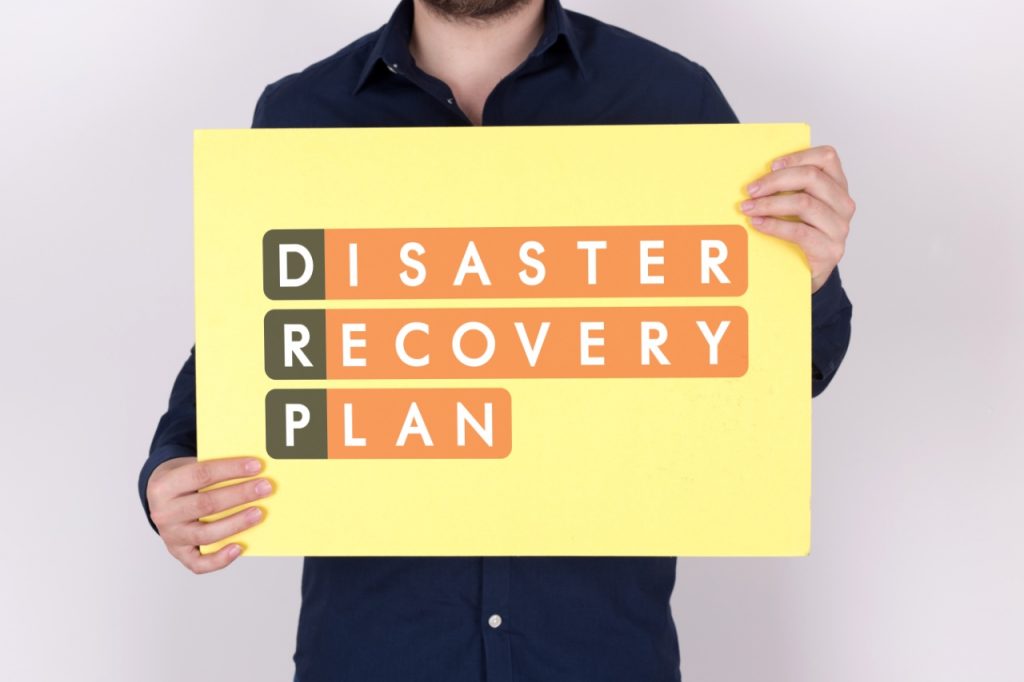But what exactly should your disaster recovery plan include?
The Importance of Preventing Disaster
For starters, you should understand that your first line of defense isn’t responding to a disaster—it’s preventing the disaster from occurring in the first place. Accordingly, your business should be working with an IT support company or a similar authority to establish the infrastructure necessary to prevent outages and other threats. Depending on your business, that could mean investing in products like firewalls and virtual private networks (VPNs), upgrading your servers, and making use of 24/7 monitoring.
Elements of A Disaster Recovery Plan
Any disaster recovery plan should include the following, at a minimum:
A clear inventory of assets and services
First, you should have a clear inventory of all assets and services within your business. Make a comprehensive list of all hardware and software your business uses and the services you rely on for regular operations.
Prioritization and hierarchies
Once you have these lists in place, you’ll need to establish clear hierarchies and priorities. Which of these pieces of hardware and software are most important for your business to operate? Which ones can wait to come online as secondary priorities? Obviously, you’ll want to restore all systems to full working order as quickly as possible, but some of your items will be more important than others.
Tolerance levels for downtime and data loss
Work with your team to establish tolerance levels for both downtime and data loss. Ideally, you won’t suffer any downtime or data loss, but there’s probably an acceptable amount you can experience without major consequences. Put these standards in place, so you have something objective to work from.
Multiple data and system backups
One of the most important things to establish is a system backup, and preferably multiple backups. If your business is locked out of its main systems due to a ransomware attack, would you be able to restore everything back to a previous version? Back up your data regularly, and have a plan to retrieve that data when you need it.
Designated team members
Who is going to serve on your disaster recovery team? Which of those team members is going to be responsible for which responsibilities? The clearer you are, the smoother your disaster recovery plan will run.
A communication plan
Similarly, it’s important to have some kind of communication plan in place. Who is responsible for identifying the threat and relaying that information to others on the team? How will the work be distributed?
A list of possible disasters
It’s also a good idea to make a list of all the possible disasters your business could face and the likelihood of suffering from those disasters. This can help you better understand the types of threats that could spark the need for disaster recovery.
A backup worksite
Next, put together a plan for a backup site. Depending on the nature of your business, you’ll probably need a temporary worksite where your team members can reconvene, and you can begin putting your systems back together. Establish this in advance, so you don’t have to scramble to find one in the midst of a crisis. All the above items should be formally documented—not just discussed and entertained. This way, you’ll have concrete documents that everyone can reference if they need to begin disaster recovery. If you’re working with an IT support company, check your service agreement to see how disaster recovery will be handled.
Test runs
Don’t assume that your disaster recovery plans are going to go smoothly once you have them laid out. Periodically issue test runs, and see how your plans play out in real-time. Only with practice will you gain confidence in your system—and find flaws that can be ironed out before it’s too late.
Regular analyses and updates
The worlds of cybersecurity and data recovery are always changing, so you’ll need to remain adaptable. Regularly revisit your disaster recovery plan, analyze it for weaknesses and obsolete assumptions, and update it to keep it relevant. With a disaster recovery plan in place, you’ll have a much easier time restoring your business to regular operations after any kind of attack or catastrophe. Don’t wait until you’re already under threat—put together a disaster recovery plan now, before it’s too late.
